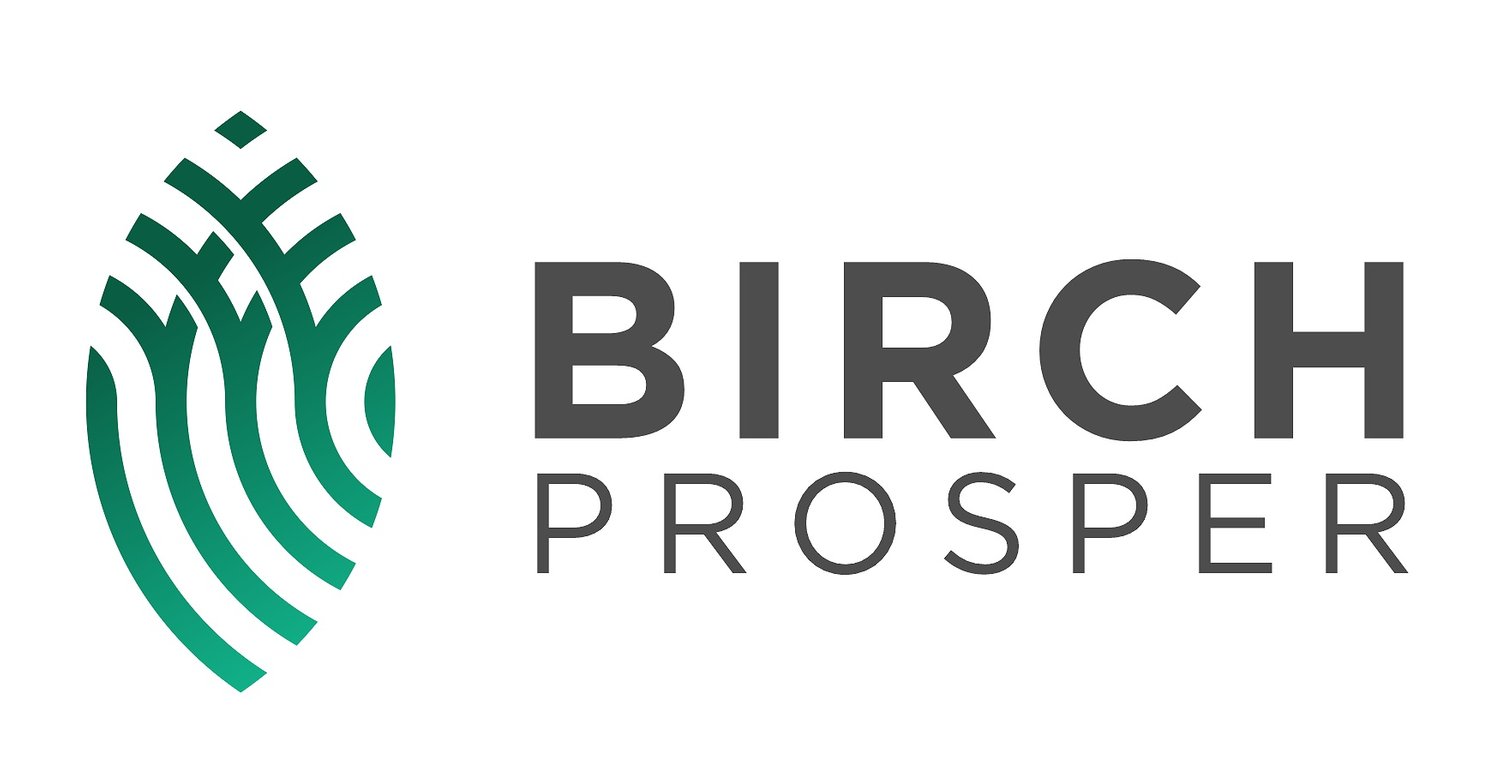Sponsor Compensation Models in Multi-Family Syndication Deals
There are many different ways that sponsorship teams in multi-family syndication deals can be compensated, and the structure chosen will depend on the specific deal and the preferences of the sponsor and limited partners. Here are a few examples of sponsorship compensation structures that are commonly used in multi-family syndication deals:
Management fee and promote structure: The sponsor receives a flat management fee, typically around 2-3% of gross revenue, as well as a percentage of the profits generated by the property, typically 20-30%. This structure aligns the interests of the sponsor with the limited partners, as the sponsor is incentivized to increase the property's income and value.
Acquisition fee and asset management fee structure: The sponsor receives a one-time acquisition fee, typically 1-2% of the purchase price, as well as an ongoing asset management fee, typically around 1% of gross revenue. This structure compensates the sponsor for their role in finding and negotiating the deal, as well as their ongoing management of the property.
Management fee and equity stake structure: The sponsor receives a flat management fee, typically around 2-3% of gross revenue, as well as an equity stake in the property. This structure allows the sponsor to share in the appreciation and depreciation benefits of the property, in addition to their management fee.
Hybrid structure: A combination of the structures above, such as a management fee, an acquisition fee and a percentage of the profits or equity stake.
It's important to note that these are just examples, and the structure of sponsorship compensation can be tailored to the specific needs and preferences of the sponsor and limited partners. It's important to review and understand the compensation structure and its terms before investing in a multi-family syndication deal.

